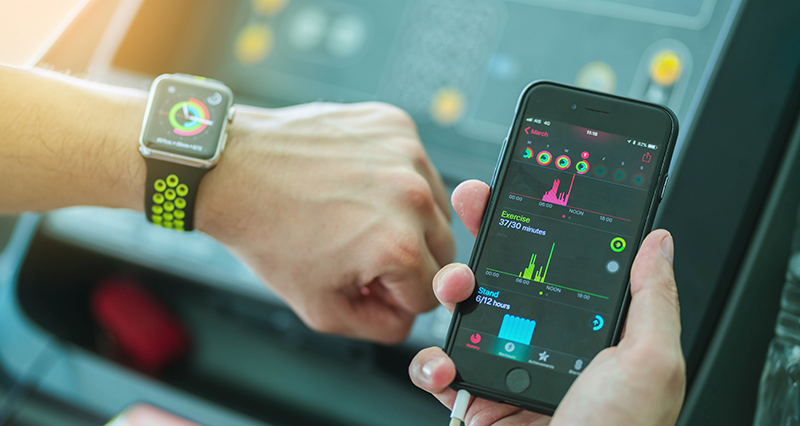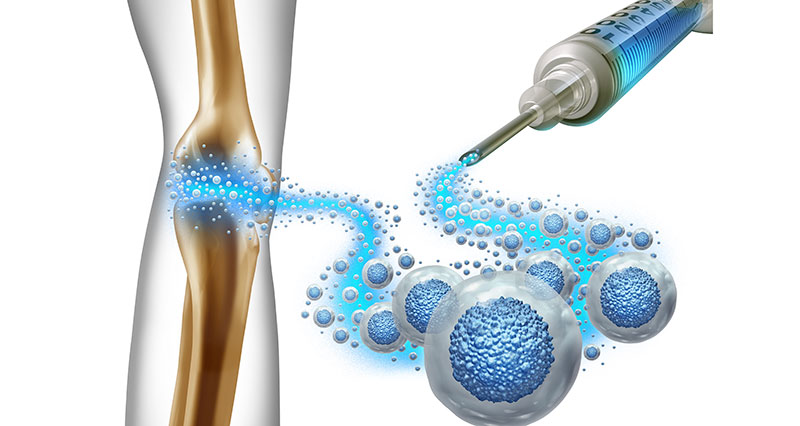Artificial Intelligence (AI) is no longer the stuff of science fiction. Tools like ChatGPT, Microsoft Copilot, or Google Gemini are now widely available and easy to use. At their simplest, these are AI-powered chatbots. Specifically, programs that understand normal language and generate useful, human-like responses.
For sports medicine professionals, physiotherapists, and sports therapists, these tools can act like an on-demand assistant which can:
- Answer questions
- Drafting patient information
- Preparing clinic handouts or website content
- Role-playing as a patient for practice scenarios.
And the best part? Many use cases require no technical setup, coding, or integration just your web browser or phone app.
How do I get started?
If you haven’t already discovered just how astonishing these things are, all you need to do is download a mobile app, or go to a website to get started. The most popular ones are Open AI’s ChatGPT, Microsoft Copilot, Google Gemini, Grok which is linked to X and Facebooks Llama.
What is a prompt?
A prompt is what you type into or tell the AI chatbot.Getting the prompts right is essential when using AI chatbots. Think of it as programming a computer by talking to it. A well-crafted prompt gives the AI clear context, tone, and detail. As a result, this leads to accurate and useful responses. However, vague or generic prompts often produce answers that feel flat or off-target.
How are AI chatbots useful in sports medicine?
Artificial Intelligence will never be able to provide hands-on treatment so it is unlikely you will be replaced any time soon. However there are many tasks they can help with including admin, education, communication, and research alongside patient care. For example:
- Saving time on routine tasks like writing exercise instructions or drafting clinic emails.
- Improving patient communication with clear, accessible explanations.
- Supporting professional development by summarising research or suggesting new approaches.
- Enhancing clinic efficiency without needing extra staff.
Use Cases You Can Try Today (No Coding Needed)
Here are practical ways you can use AI chatbots immediately and some examples of prompts you can use.
1. Patient-Friendly Explanations
Explain conditions or treatments in plain language and target the information to a specific patient rather than create generic information. It will even create a PDF document you can share, email, message or print.
“Explain patellar tendinopathy in simple terms for a recreational runner. Keep it positive and encouraging.”
2. Exercise Instructions
Generate step-by-step descriptions you can copy into your rehab plans.
“Write clear instructions for a single-leg glute bridge suitable for a beginner patient recovering from hamstring strain.”
3. Clinic Communication
Draft professional emails or messages in seconds.
“Write an email reminder to a patient about their appointment tomorrow at 10am. Keep it warm and professional.”
4. Research Summaries
Get a quick overview of recent studies or clinical guidelines.
“Summarise the latest evidence on shockwave therapy for plantar fasciitis in under 200 words.“
5. Patient Motivation & Adherence
Generate encouraging check-in messages to keep patients on track.
“Write a short motivational message to send to a patient who is three weeks into their ACL rehab and feeling frustrated.”
6. Role-Play for Training
Use AI as a practice tool for communication skills.
“Pretend to be a 17-year-old footballer with ankle pain who is nervous about missing the season. Answer my questions as the patient.”
Key Tips for Effective Use
- Be specific with prompts: The more detail you give, the better the output.
- Check accuracy: Always review AI-generated content before sharing with patients.
- Stay compliant: Don’t share identifiable patient data. Keep prompts anonymous.
- Use as an assistant, not a replacement: AI supports your expertise — it doesn’t replace clinical judgement.
The Bottom Line
AI chatbots like ChatGPT can become a practical everyday tool for sports medicine professionals, without the need for IT skills or expensive software. By helping with explanations, admin, education, and motivation, they free you to focus more on what matters: delivering excellent patient care. If you’ve never tried one before, start with a simple prompt today and see how it fits into your workflow.





